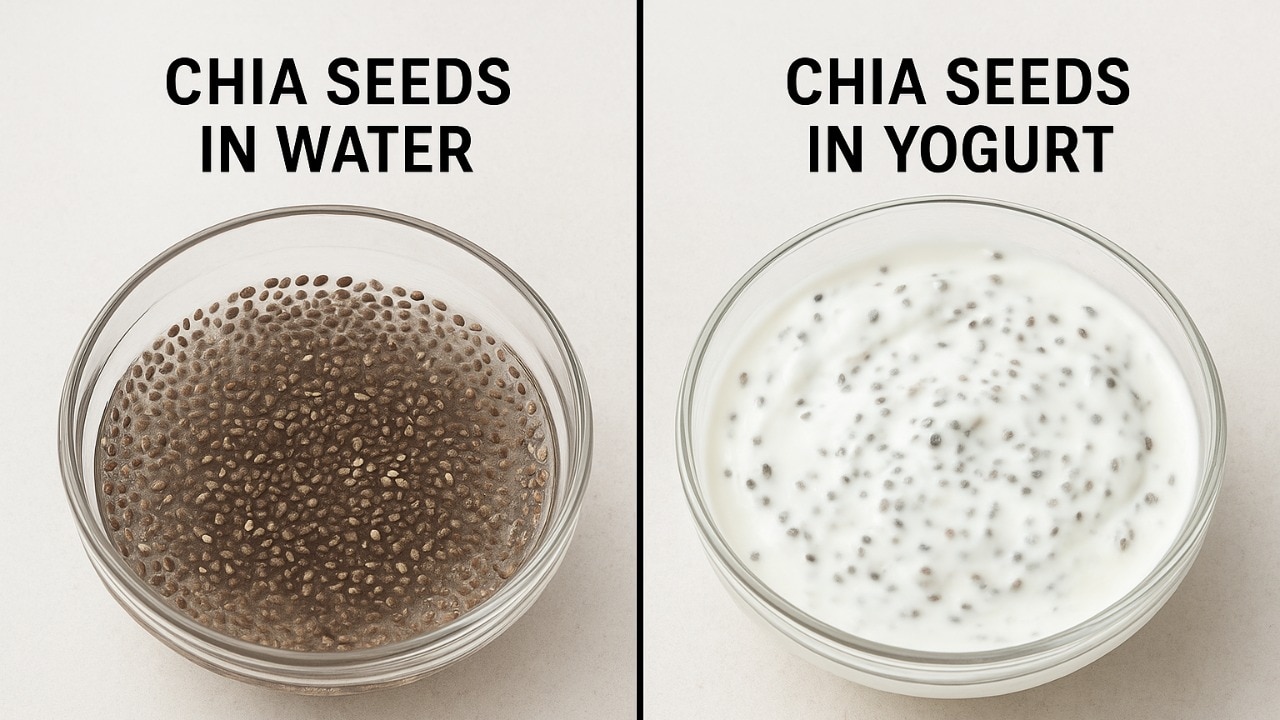Cape Cod Swimmer Battles 'Flesh-Eating' Bacteria: Rising Water Temperatures Raise Concerns

A swimmer in Cape Cod, Massachusetts, is battling a serious infection caused by Vibrio vulnificus, a bacteria that can lead to a rare and potentially life-threatening condition often referred to as 'flesh-eating' disease. Health officials are urging caution as rising water temperatures contribute to an increase in these infections, not just in the typically affected Gulf Coast region, but also further north.
What is Vibrio vulnificus?
Vibrio vulnificus is a naturally occurring bacterium found in warm coastal waters. It thrives in temperatures above 70°F (21°C). While it doesn't typically affect healthy individuals, it can cause severe illness in those with underlying health conditions, particularly those with liver disease, diabetes, or weakened immune systems. The bacteria can enter the body through open wounds, cuts, or scrapes, or by consuming contaminated seafood (especially raw oysters).
The Cape Cod Case and Symptoms
The recent case in Cape Cod highlights the expanding range of this bacteria. While details about the swimmer's condition are limited, Vibrio vulnificus infections can manifest in several ways. For those who develop a bloodstream infection, symptoms can include fever, chills, nausea, vomiting, and blistering skin lesions. These skin lesions can rapidly progress, leading to tissue damage and necrosis – hence the frightening nickname “flesh-eating” disease. In severe cases, it can result in septic shock and death.
Individuals who consume contaminated seafood may experience gastrointestinal illness with diarrhea, vomiting, and abdominal pain. However, the more serious skin infections are typically associated with exposure to the bacteria through open wounds.
Rising Water Temperatures: A Key Factor
Experts attribute the increasing incidence of Vibrio vulnificus infections to rising water temperatures, a consequence of climate change. As ocean waters warm, the bacteria's habitat expands, allowing it to survive and proliferate in areas where it was previously less common. This shift poses a growing public health concern, particularly for coastal communities.
Prevention and Precautions
Health officials are stressing the importance of preventative measures to minimize the risk of Vibrio vulnificus infection:
- Avoid swimming in salt water with open wounds or cuts. If you have an open wound, cover it with a waterproof bandage.
- Wear protective clothing when participating in water activities.
- Cook seafood thoroughly to kill bacteria. Avoid consuming raw or undercooked seafood, especially oysters.
- Wash cuts and scrapes thoroughly with soap and water after exposure to salt water.
- Seek immediate medical attention if you develop any signs of infection, such as fever, chills, nausea, vomiting, or blistering skin lesions.
Looking Ahead
The Cape Cod case serves as a stark reminder of the evolving risks associated with climate change and the importance of public health awareness. Ongoing monitoring of water temperatures and increased vigilance among coastal communities are crucial to mitigating the threat of Vibrio vulnificus infections and protecting public health.




:max_bytes(150000):strip_icc():focal(676x534:678x536)/ChatGPT-phone-081225-036a3a6a300b492a9312b1f5f20cfe9a.jpg)

